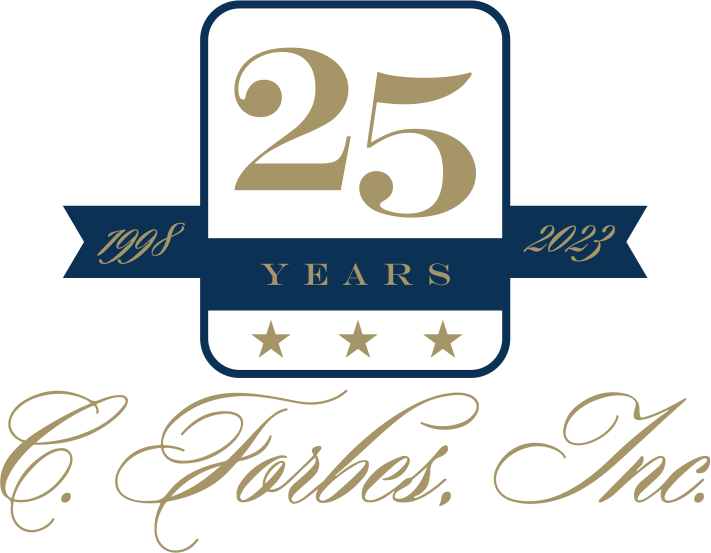Almost 100 years in the making, the National Museum of African American History and Culture will celebrate its Grand Opening September 24, 2016 on the National Mall in Washington, D.C. As the only national museum devoted exclusively to the documentation of African American life, history and culture, the efforts made to promote and highlight the contributions of African Americans include the collection of over 36,000 artifacts, support from 100,000 individual charter members, and the completion of the 19th and newest museum of the Smithsonian Institution.
Historic Achievement
The ceremony will be steeped in history. Peals will ring out from the 130-year-old historic “Freedom Bell”, which usually hangs in the First Baptist Church tower in Williamsburg, Va. The church was founded by slaves, and the bell will be transported to Washington, D.C. to herald this event so long in the making. “The connection between a congregation founded in 1776, the forging of First Baptist Church, the first black American president opening the first national African American museum, all of those dots are being connected,” said Rev. Reginald Davis.
The Museum’s Long Journey
The idea of the museum was first proposed in 1915 by black veterans of the Civil War. A year later, a bill was introduced calling for a commission to “secure plans and designs for a monument or memorial of the negro soldiers and sailors who fought in the wars of our country.” In the decades that followed, various attempts were made to pass legislation, secure funding, and generate support for the ambitious project. In 1986, Congress passed a joint resolution supporting private efforts to build it, before finally passing the National Museum of African American History and Culture Act in 2003, making the museum part of the Smithsonian Institution.
Groundbreaking on the five-acre site took place February 22, 2012, and C. Forbes, Inc. was proud to design and produce custom, commemorative lapel pins for the occasion. President and Mrs. Obama were among the dignitaries participating in the ceremony.
The Significance of the NMAAHC Location and Design
The location and design of the NMAAHC building on the National Mall represent the past, present and future of the African American experience, in ways both tangible and symbolic. Looking north from the building, visitors can see the White House; the U.S. Capitol, seat of the nation’s legislature can be seen rising to the east; to the south and west are monuments and memorials to Thomas Jefferson, Martin Luther King, Jr., Abraham Lincoln, and George Washington, whose contributions to African American history and culture are told in the museum.
Design Features
Lead designer David Adjaye and lead architect Philip Freelon, along with their architectural team, synthesized a variety of distinctive elements from Africa and the Americas into the building’s design and 400,000- square-foot structure. The architectural form of the NMAAHC has been integrated with its purpose, in the sense that the building (as a “container”) embraces its content- which is the American story told through the lens of African American history and culture.
The building’s architecture follows classical Greco-Roman form in its use of a base and shaft, topped by a corona. The corona is inspired by the three-tiered crowns used in Yoruban art from West Africa.
The building’s main entrance is a welcoming porch, which has architectural roots in Africa, the American South and Caribbean.
Finally, the entire building is wrapped in an ornamental bronze-colored metal lattice, paying homage to the ironwork that was crafted by enslaved African Americans in Louisiana, South Carolina, and elsewhere.
Commemorative Medallion Design
The building’s corona served as the inspiration for a custom medallion designed and produced by C. Forbes. Inc. Four- and- a- half years after the groundbreaking, we are again proud to play a small role in this phase of the historic event. To mark the dedication and public opening of the museum, a limited edition, commemorative medallion will be presented. The four-inch diameter bronze medallion features an image of the building with its distinctive shape and metal lattice exterior.
Museum Galleries
The majority of the exhibition space is underground. On the bottom level, visitors will find themselves in literal and metaphysical darkness: slavery. As they ascend, exhibits exploring the Jim Crow era and the civil rights movement, lead to light-filled above-ground galleries devoted to culture, music, dance and literature.
Artifacts range from slave shackles, auction blocks, Harriet Tubman’s hymn book, and a slave cabin used at the Point of Pines Plantation on Edisto Island, S.C., to Muhammad Ali’s boxing headgear, Michael Jackson’s fedora, and Chuck Berry’s red Cadillac.
In the words of Founding Director Lonnie G. Bunch III, “there are few things as powerful and as important as a people, as a nation that is steeped in its history.” The African American experience is the American experience, and it is the story of the nation, not just of one community.
Please contact us for more information about our products and customization process. Our mission is to design, produce and present quality, custom items that tell your story. We welcome the opportunity to combine your goals with our expertise to properly commemorate your unique anniversary, event or organization.
